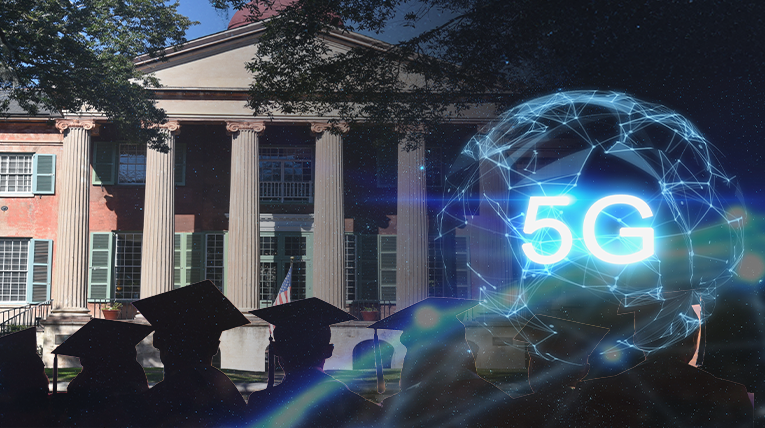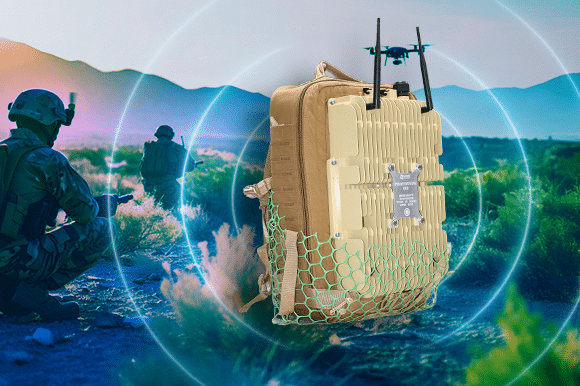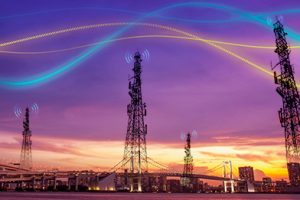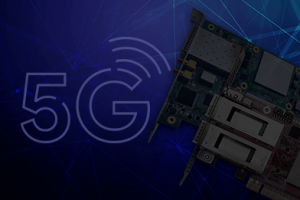As 5G continues to transform industries from healthcare and manufacturing to agriculture and smart cities – it is becoming increasingly vital for academic institutions to engage with this next-generation connectivity. With its ultra-low latency, high throughput and massive device support, 5G offers a powerful platform for academic innovation, interdisciplinary research and real-world skill development.
Table of Contents
Why 5G in Academic Institutions?
Gone are the days when connectivity was just about internet access in classrooms. In today’s context, universities and research institutions are expected to:
- Drive innovation that can solve real-world challenges.
- Prepare students for a highly digitized and connected workforce.
- Collaborate with industry and government bodies for research and commercialization.
Having access to a live, controllable 5G network within the campus opens endless possibilities not only for telecom or computer science departments, but also across engineering, science, healthcare, agriculture, robotics and even humanities.
Real-World Use Cases Where Academia Can Leverage 5G Labs
1. Smart Campus Experimentation
Imagine a campus deploying 5G-powered smart lighting, surveillance, autonomous delivery bots and connected labs. Students can use the infrastructure to develop IoT protocols, test cybersecurity layers or create campus management apps using real-time data feeds.

Example:
A group of students could build and deploy a mobile app that uses 5G-connected environmental sensors to monitor air quality across different campus zones, triggering alerts or HVAC automation.
2. Telemedicine Research and Development
In medical colleges and research hospitals, 5G enables high-bandwidth, low-latency transmission of data from medical imaging devices or live-streamed procedures.

Example:
Biomedical researchers could create AI models that analyze high-definition diagnostic images sent over a 5G network to a cloud-based inference engine enabling faster, remote disease detection and diagnosis systems.
3. Precision Agriculture Prototyping
Agricultural universities can leverage 5G to test connected soil sensors, automated irrigation systems and drones for crop monitoring.

Example:
A student group could build a system that uses drones for field surveillance and communicates crop health status in real-time via a private 5G network, triggering timely interventions through an AI-driven dashboard.
4. Collaborative Robotics and Automation
Mechanical and robotics labs can benefit from testing latency-sensitive robotic arms, autonomous vehicles or industrial control systems in real-world conditions.

Example:
A final-year robotics project could test a swarm of warehouse bots communicating over 5G, coordinating in real-time without interference, delay or collisions mimicking a smart factory.
5. AR/VR and Digital Twins in Education
Architecture, design and medical departments can use 5G to deliver high-resolution AR/VR experiences without lag.

Example:
Students can simulate surgeries using VR with real-time haptic feedback, or engineering students can explore virtual models of infrastructure with digital twins in their classrooms – all powered by campus 5G.
6. Real-Time App Testing and Network Research
From computer science to electronics, students and faculty can build, test and simulate mobile applications, 5G protocols and edge AI use cases.

Example:
A mobile app development class can test real-time multiplayer gaming scenarios over a controlled 5G network to evaluate latency performance, edge offloading strategies and QoS optimizations.
Conclusion
While the use cases are compelling, implementing a real 5G environment in academic settings requires the right tools. That’s where VVDN Technologies comes in.
With deep expertise in end-to-end 5G design, VVDN offers a ready-to-deploy 5G Lab Kit – a plug-and-play solution specifically tailored for universities, colleges and research institutions. It allows students, faculty and researchers to build, test and validate 5G-powered applications in a real network environment, fully aligned with national initiatives and global technology trends.
VVDN already supported nation vision by catalyzing this transformation by installing 5G Use Case Lab Kits in higher education institutes across the country, including University of Hyderabad, IIT Palakkad, and IIST under the Government of India’s “100 5G Use Case Labs” initiative.
These labs are opening doors to research in areas like smart agriculture, connected healthcare, intelligent transportation and beyond turning campuses into innovation testbeds.
Interested in enabling 5G innovation on your campus?
Explore how VVDN’s 5G Lab Kit can make it a reality.
Reach out to us info@vvdntech.com

































